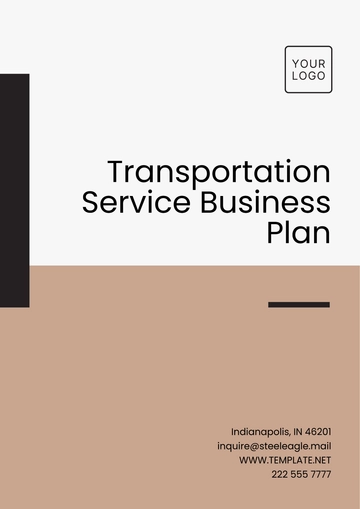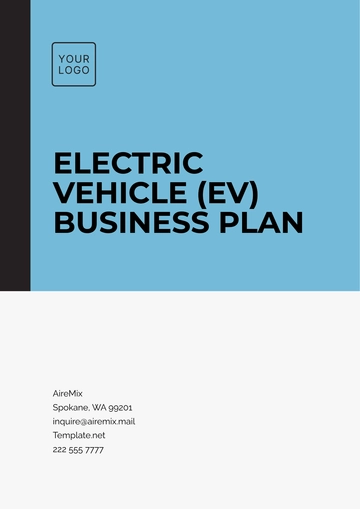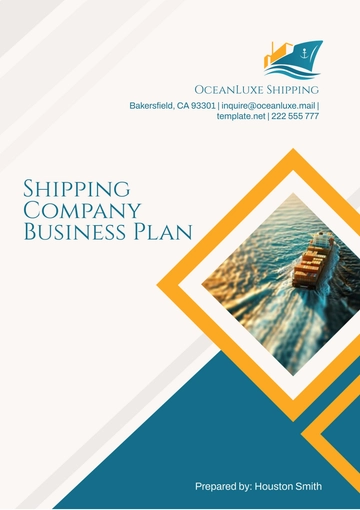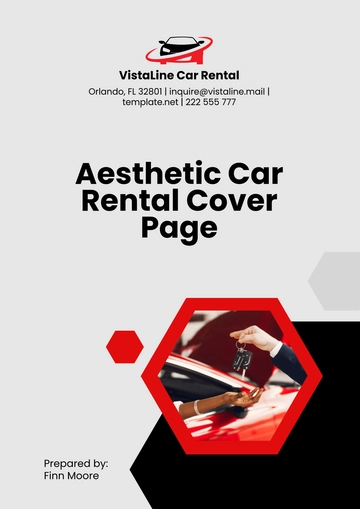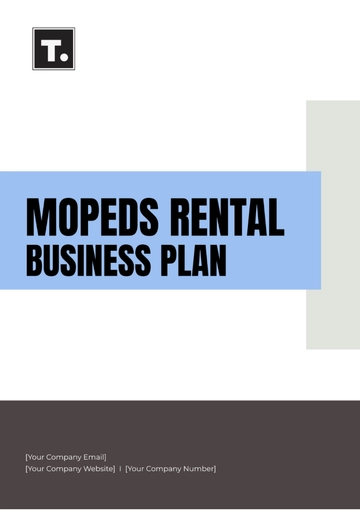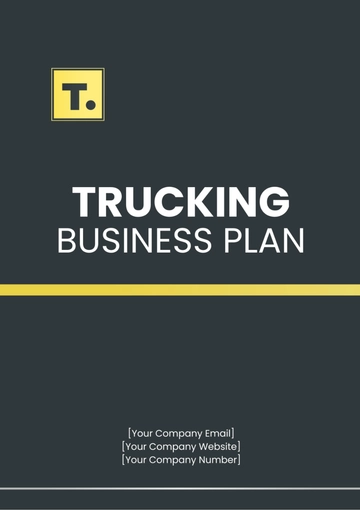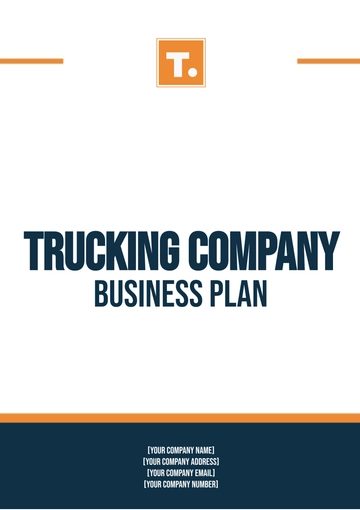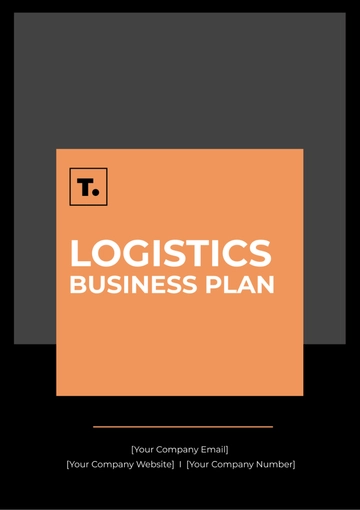Free Trucking Company Business Plan
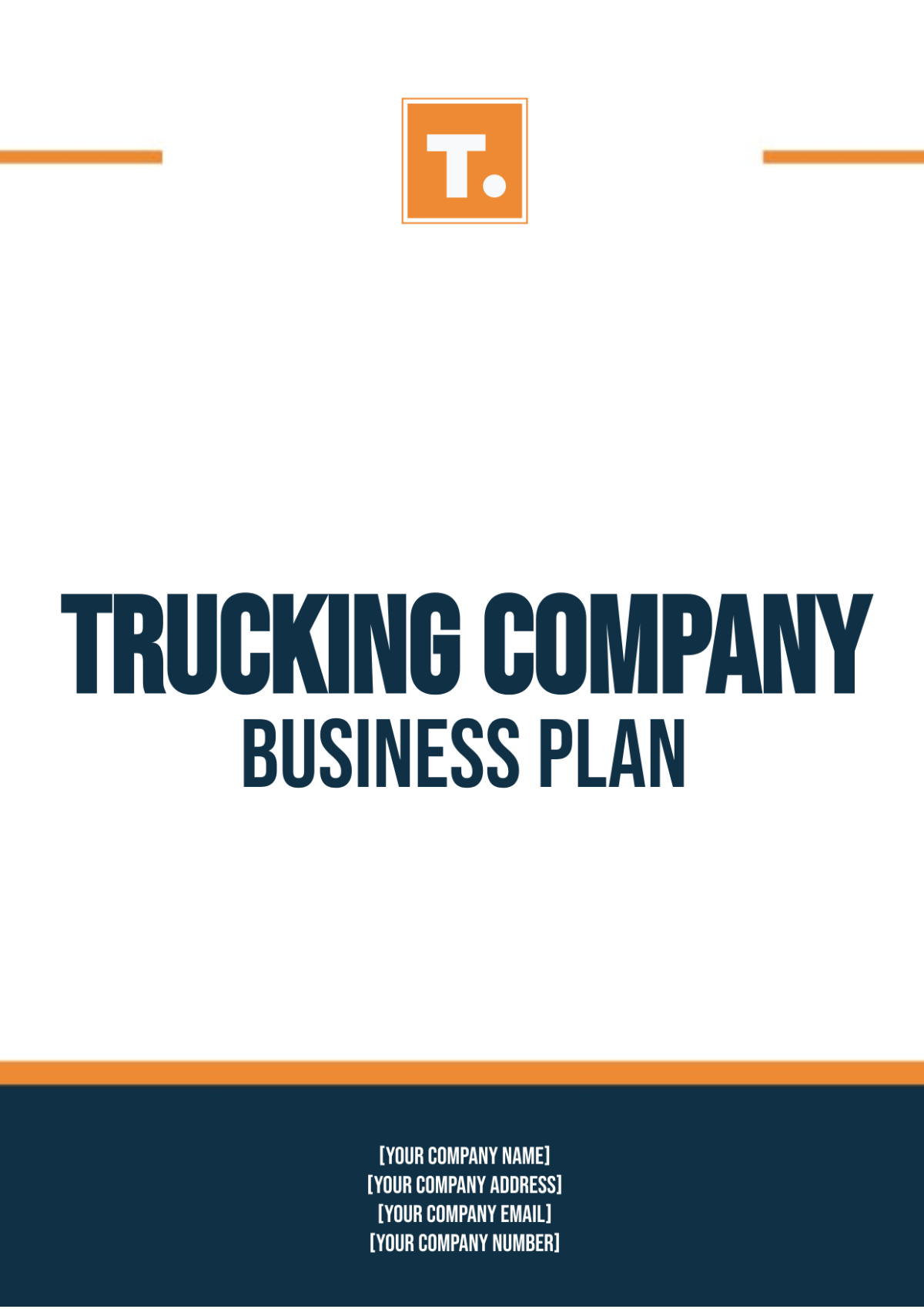
I. Executive Summary

[Your Company Name] is a reputable and innovative trucking company dedicated to providing exceptional transportation services in Logistics and Freight. With a focus on reliability, safety, and customer satisfaction, we aim to revolutionize the logistics landscape and become a leader in the industry.
Mission Statement
Our mission is to deliver efficient and sustainable logistics solutions to our clients through efficient and cost-effective transportation solutions while maintaining the highest standards of safety and professionalism.
Vision Statement
We envision [Your Company Name] as the go-to partner for businesses seeking seamless and reliable transportation services, setting new benchmarks for excellence in the industry.
II. Company Overview
Company Name: | [Your Company Name] |
Company Registration Number: | [Company Registration Number] |
Legal Structure: | Limited Liability Company (LLC) |
Industry Sector: | Logistics and Freight |
Location: | [Your Company Address] |
Date of Establishment: | January 1, 2050 |
III. Business Objectives

Short-term Objectives (1-3 years)
Expand our fleet to 50 trucks.
Establish strategic partnerships with 3 key industry players.
Achieve a customer satisfaction rate of 95%.
Long-term Objectives (3-5 years)
Diversify services to include Warehousing Solutions.
Expand operations to Canada and Mexico.
Become a market leader in Green Logistics.
IV. Services Offered

[Your Company Name] offers a range of comprehensive services tailored to meet the diverse transportation needs of our clients:
Freight Transportation Services
Full Truckload (FTL) Services
Less Than Truckload (LTL) Services
Specialized Transport (e.g., Refrigerated, Oversized)
Logistics Solutions
Route Optimization
Warehousing and Distribution
Inventory Management
V. Market Analysis
Industry Overview
The trucking industry is a vital component of the global economy, with an estimated market value of $800 billion in 2053. The increasing demand for efficient logistics solutions presents significant opportunities for growth and innovation.
Target Market
[Your Company Name] primarily targets manufacturers, retailers, e-commerce companies, and freight forwarders.
Competitive Analysis
Our key competitors include TransCargo, SwiftLogistics, and FastFreight. [Your Company Name] differentiates itself through environmentally friendly practices and advanced technology integration.
VI. Marketing Strategy
Branding
[Your Company Name] aims to build a strong brand identity synonymous with reliability, efficiency, and customer satisfaction.
Promotion
Digital Marketing Campaigns
Social Media Engagement
Participation in Industry Events and Conferences
Sales Strategy
Direct Sales Team Targeting Key Accounts
Partnerships with Freight Brokers and Agents
VII. Operational Plan
Fleet Management
Maintenance Schedule
Fuel Efficiency Strategies
Driver Training Programs
Logistics and Route Planning
Utilization of GPS Technology
Real-time Tracking and Monitoring
Contingency Planning for Unexpected Events
VIII. Financial Projections
Revenue Forecast
This outlines the projected revenue for each year, showcasing an anticipated increase from $5 million in Year 1 to $12 million in Year 3. This growth trajectory reflects the company's strategic initiatives and market opportunities.
Expenses Projection
The Expenses Projection table breaks down key expense categories such as Operational Costs, Maintenance and Repairs, and Marketing and Promotion for each year. It demonstrates a planned investment in operational efficiency, asset maintenance, and marketing efforts to support revenue growth.
Expense | Year 1 | Year 2 | Year 3 |
|---|---|---|---|
Operational Costs | $2.5 million | $3.8 million | $5.5 million |
Maintenance and Repairs | $300,000 | $400,000 | $500,000 |
Marketing and Promotion | $200,000 | $300,000 | $400,000 |
Profitability Analysis
Projected Profit Margin: 15% Return on Investment (ROI): 20% by Year 3
IX. Risk Management

Operational Risks
Equipment Breakdowns
Driver Shortages
Regulatory Compliance Challenges
Financial Risks
Fluctuations in Fuel Prices
Economic Downturns
Insurance Coverage
X. Appendices
Legal Documents
Business License
Insurance Policies
Contracts and Agreements
Market Research Data
Industry Reports
Market Trends Analysis
Financial Statements
Balance Sheet
Income Statement
Cash Flow Statement
- 100% Customizable, free editor
- Access 1 Million+ Templates, photo’s & graphics
- Download or share as a template
- Click and replace photos, graphics, text, backgrounds
- Resize, crop, AI write & more
- Access advanced editor
Navigate business routes with Template.net's Trucking Company Business Plan Template. This editable and customizable tool is designed for logistics entrepreneurs to outline their transportation ventures effectively. Present your fleet, target market, and operational strategies concisely. Utilize our AI Editor Tool to personalize your business plan, making it efficient and appealing for investors and clients.
You may also like
- One Page Business Plan
- Coffee Shop Business Plan
- Restaurant Business Plan
- Food Business Plan
- Real Estate Business Plan
- Executive Summary Business Plan
- Cover Page Business Plan
- Nonprofit Business Plan
- Daycare Business Plan
- Construction Business Plan
- Startup Business Plan
- Medical Business Plan
- Bakery Business Plan
- Service Plan
- Hotel Business Plan
- Catering Business Plan
- School Business Plan
- Healthcare Business Plan
- Transportation Plan
- Sports Plan
- Car Wash Business Plan
- Salon Business Plan
- Clothing Business Plan
- Farming Business Plan
- Boutique Plan
